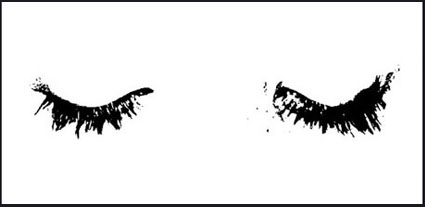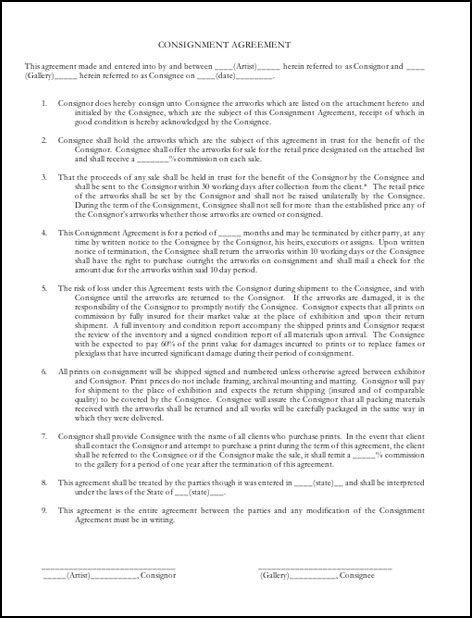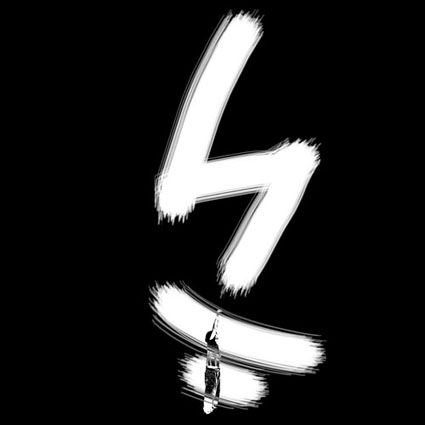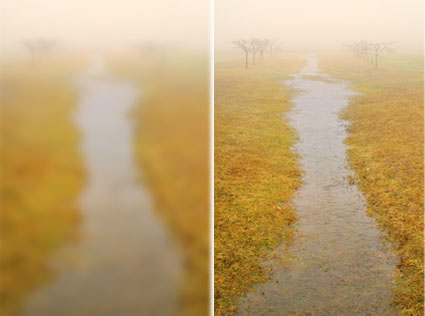
“Seeing with your skin means to use more than just your eyes to observe and listen to others. You can sense with deeper perception and consciousness. Use all of you. The more you can feel, the better you will be at determining how and when to react …” – Joseph Cardillo – Be Like Water
We tap only a small portion of our intelligence. And we have many types of intelligence; visual, verbal, emotional, kinesthetic, etc. Our bodies have vast intelligence. Tap it. And make your work stronger.
Our five senses are doorways to worlds of wonder. Those who are missing one sense usually developed heightened awareness in the others. You can do the same by closing your eyes.
Close your eyes. Do this for several minutes. What do you hear, feel, smell, taste?
When you open your eyes, make photographs with your other senses in mind. While you are doing this, put your habitual visual routines on hold. Simply experience making images from other perspectives.
Don’t evaluate the images you make in these sessions as you would others. Look for moments that are strongly felt. Successful images of this type are the ones that move you most, not the ones that have the most refined compositions. In them, you’ll find new ways of relating to any subject and the seeds of many ideas that may bear fruit in the near future, if properly tended.
Later, you can continue making exposures with these previous successes in mind.
The strongest images suggest dimensions beyond the visual. When you look at them, you can imagine smelling Monet’s gardens, tasting a Zubaran still life, feeling the chill of Friedrich’s seascapes, or even hearing Kandinsky’s abstractions.
Your work will be stronger if it becomes equally suggestive.
Find more resources on Creativity here.
Learn more in my digital photography workshops.







